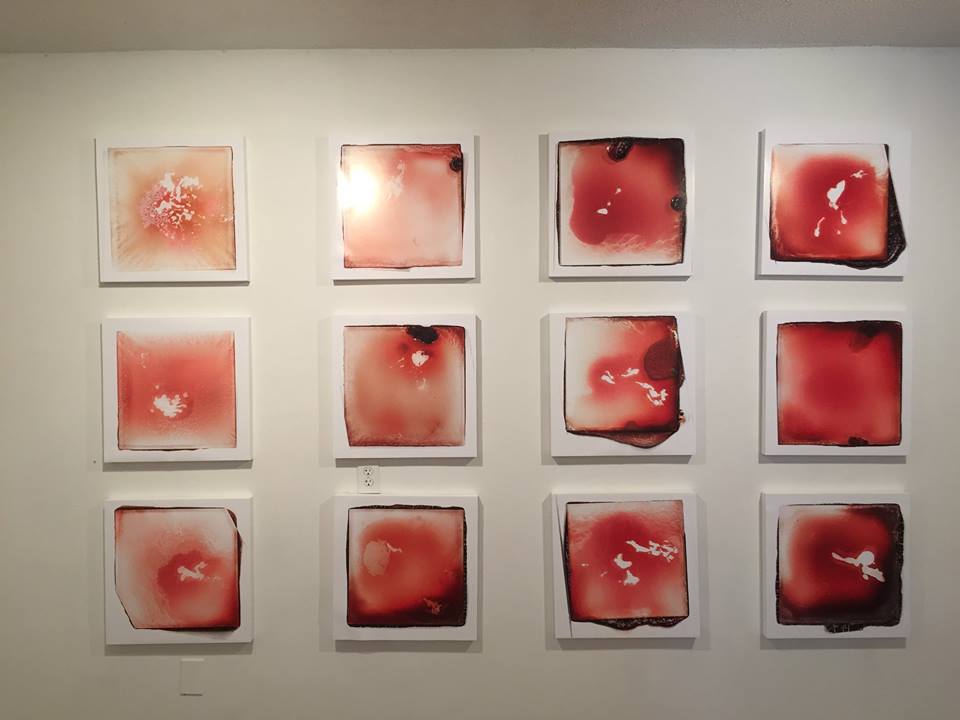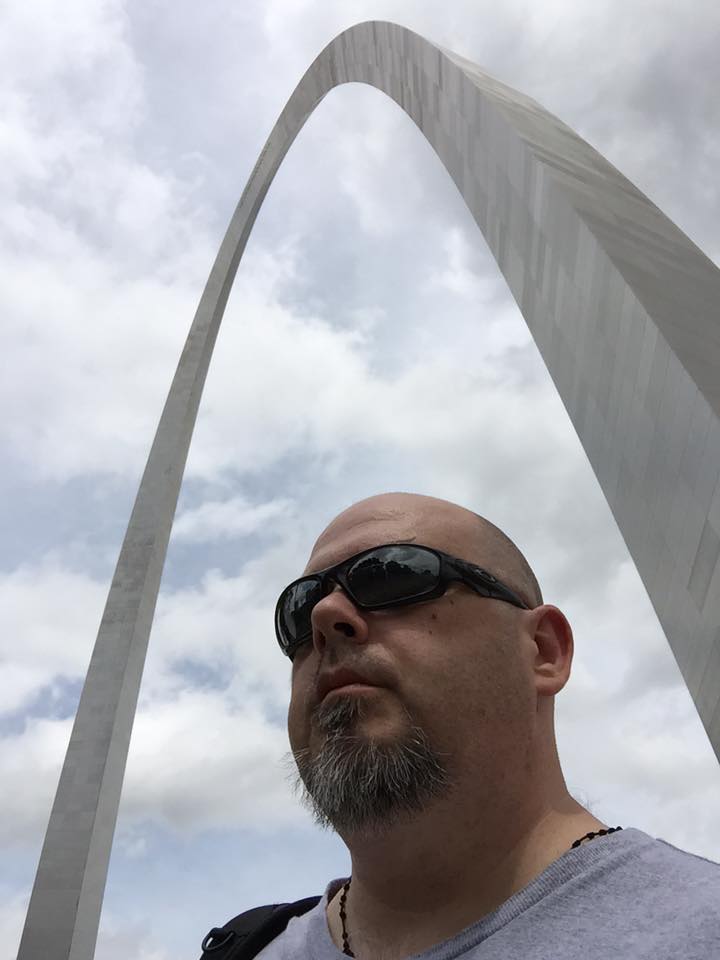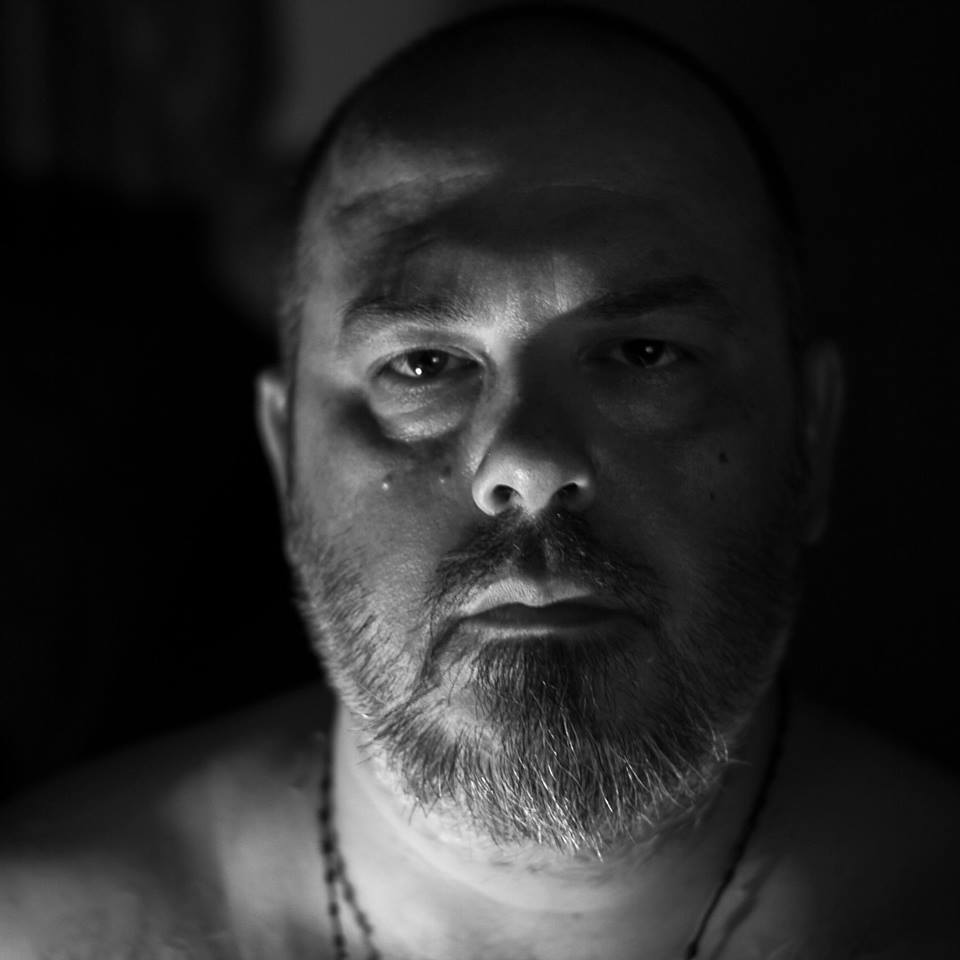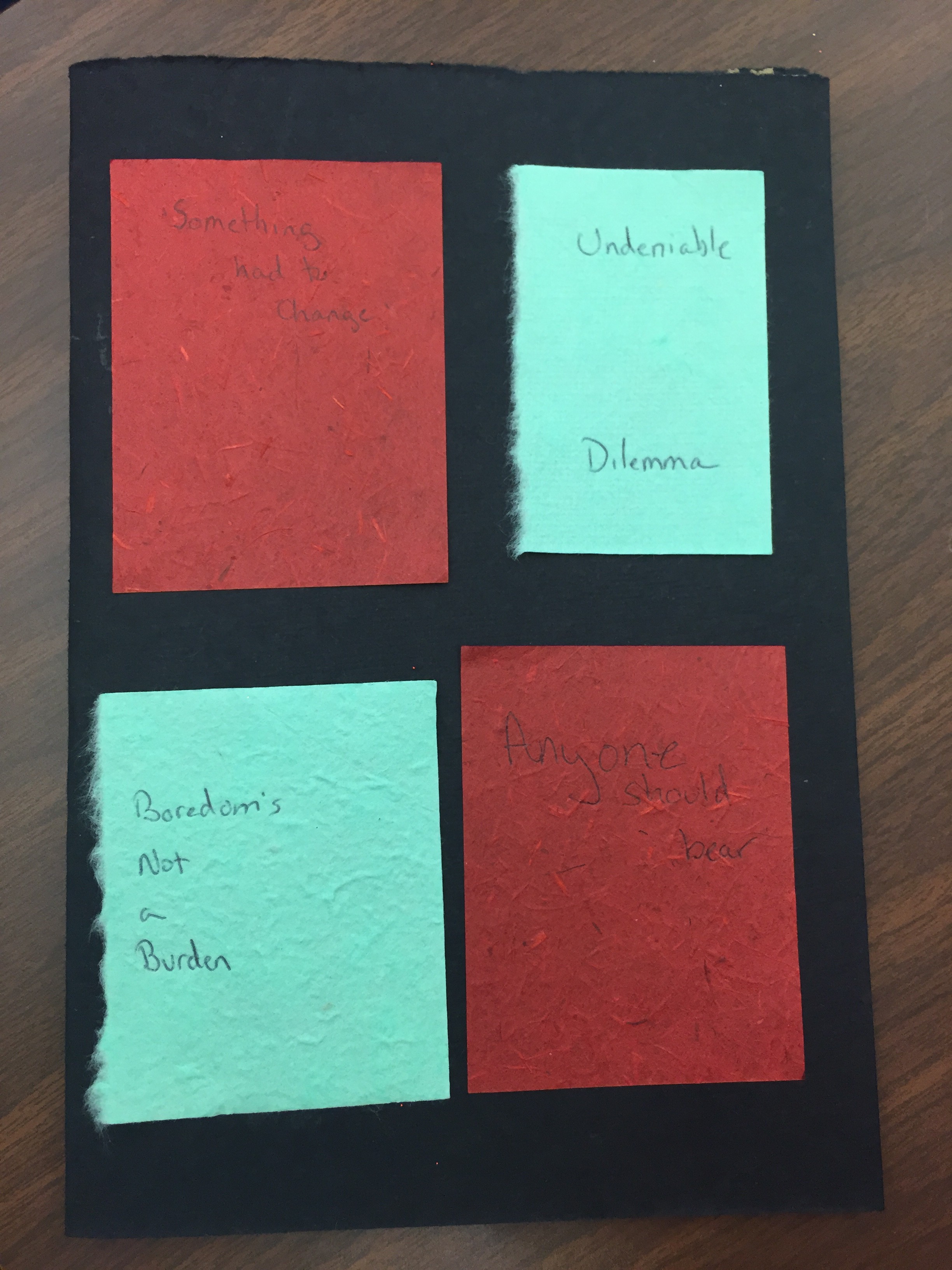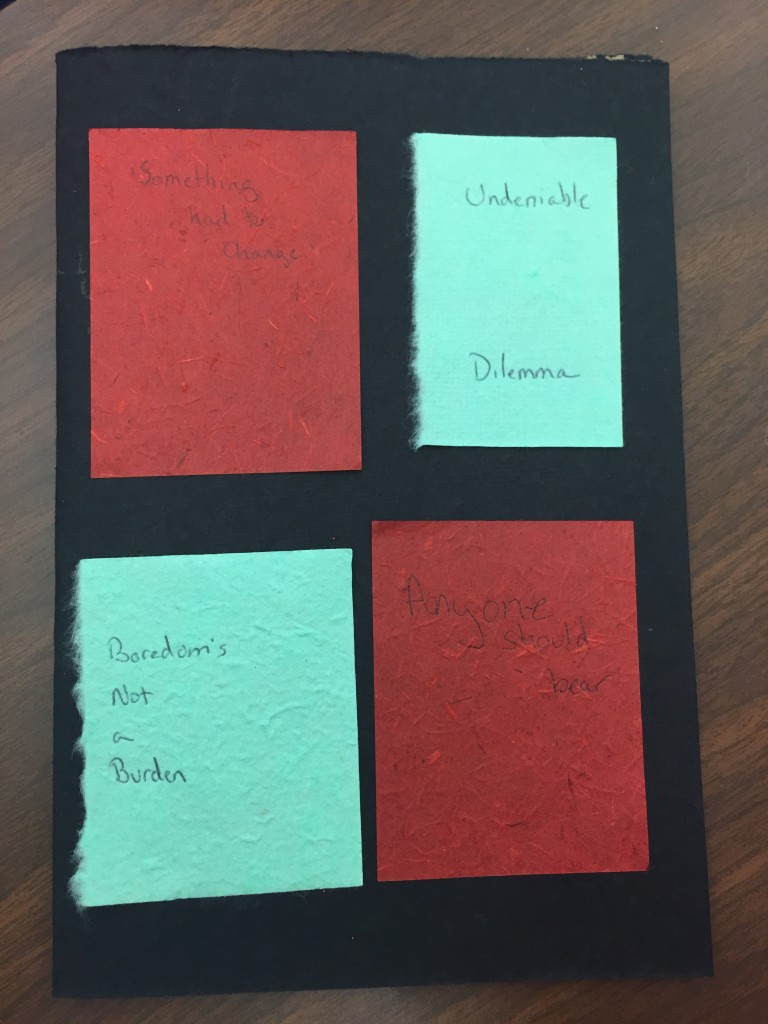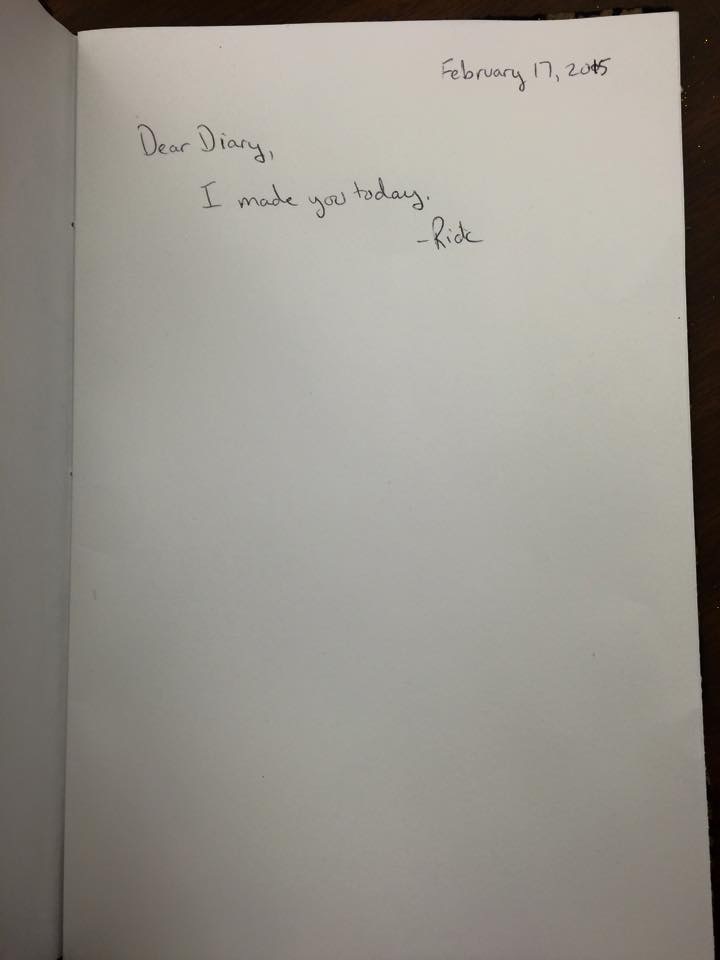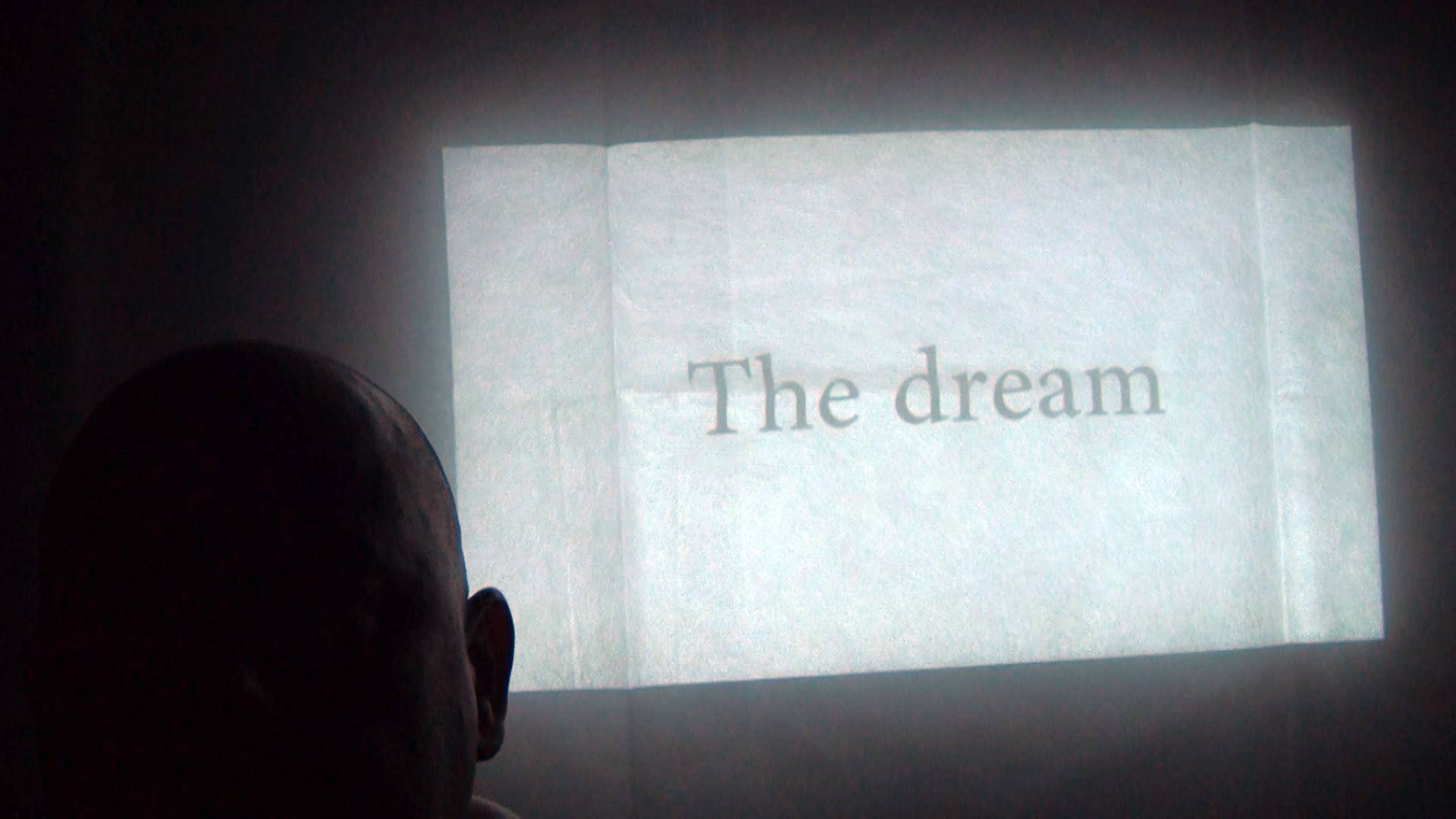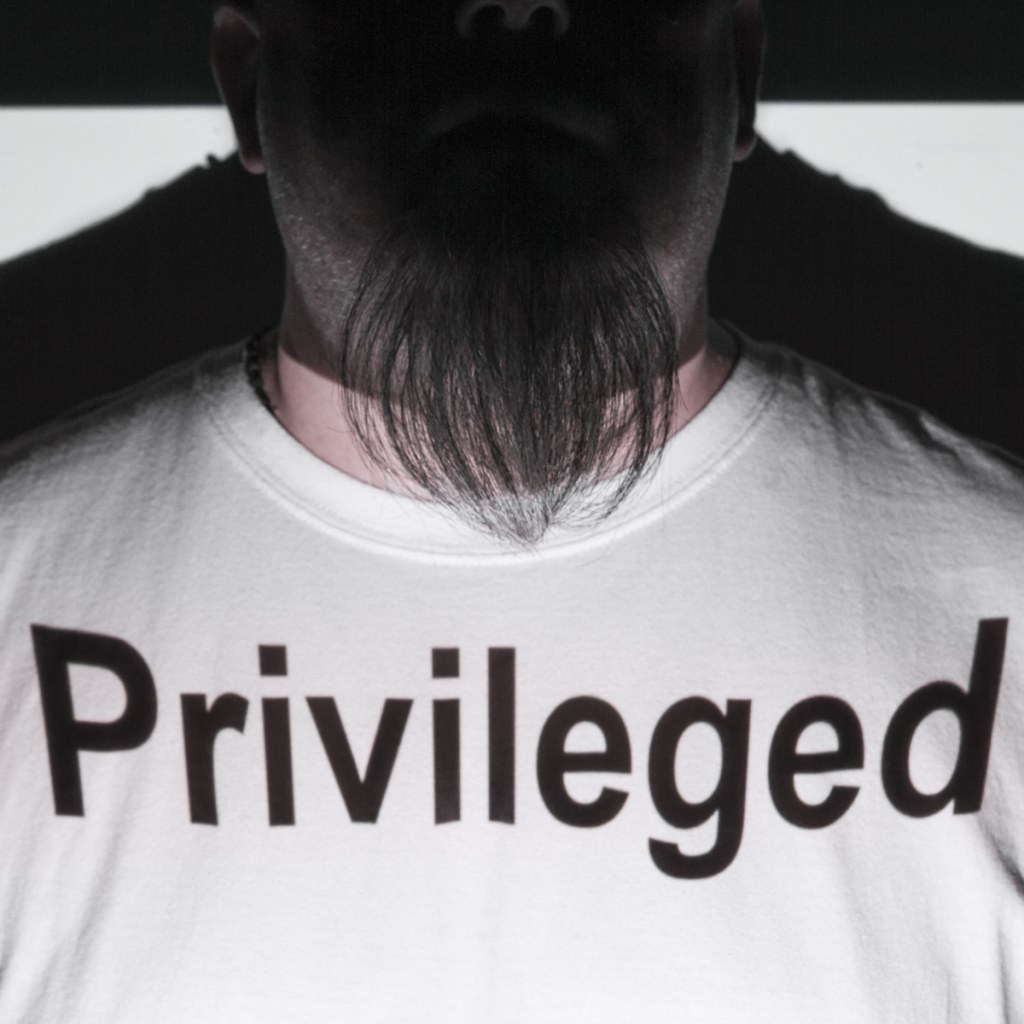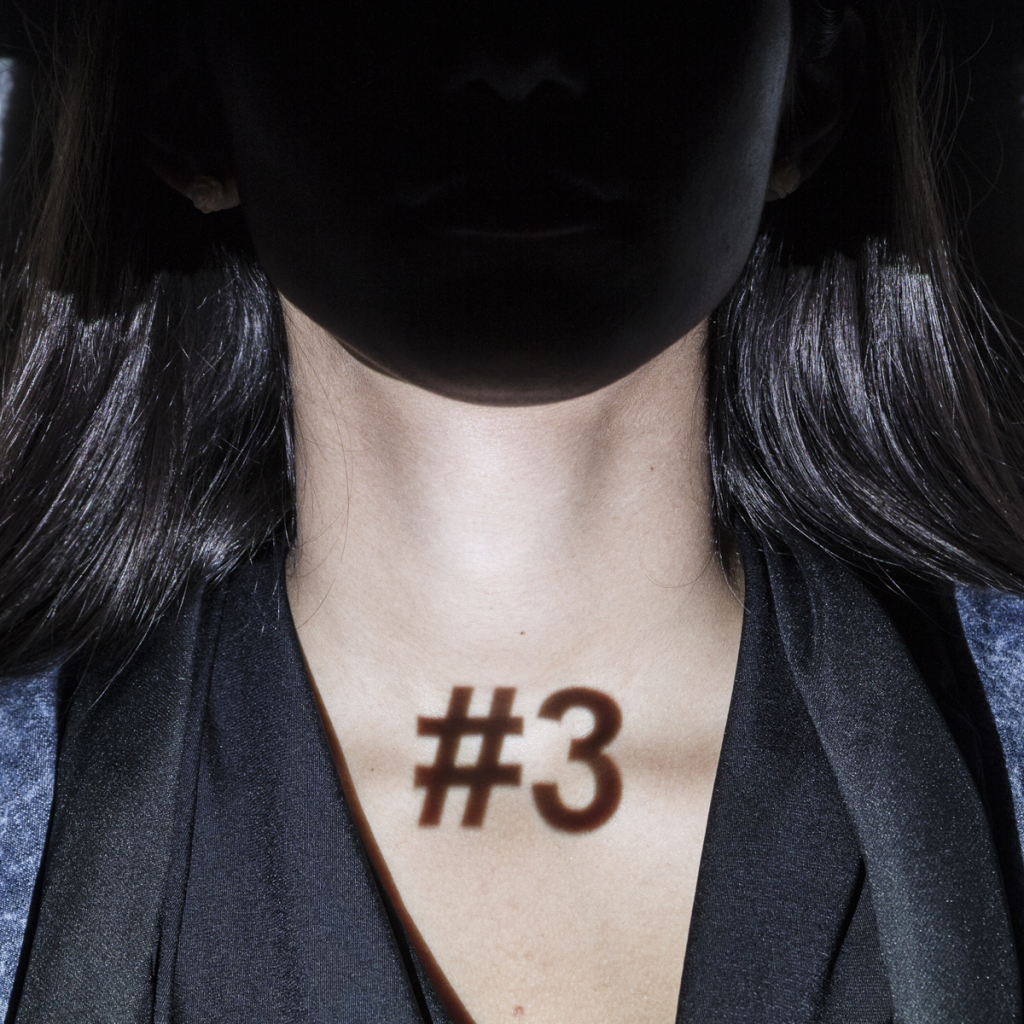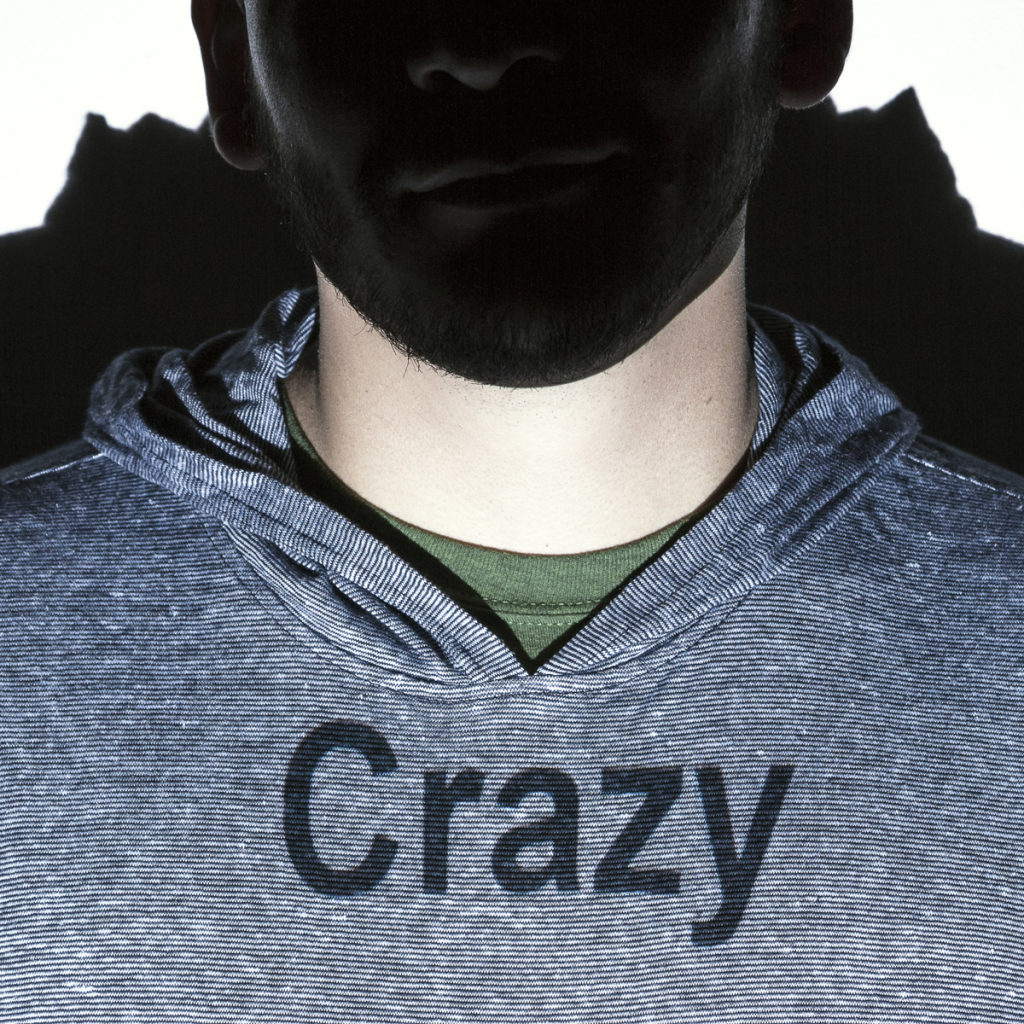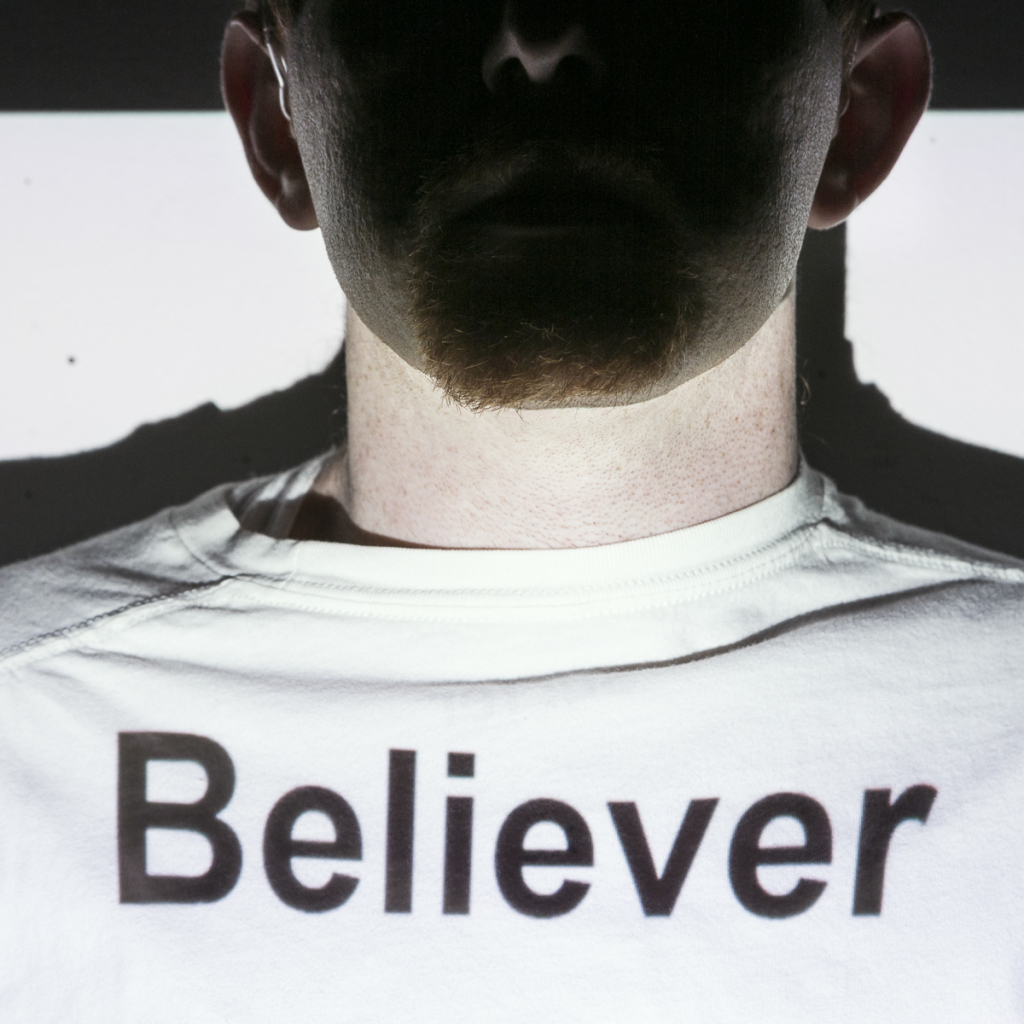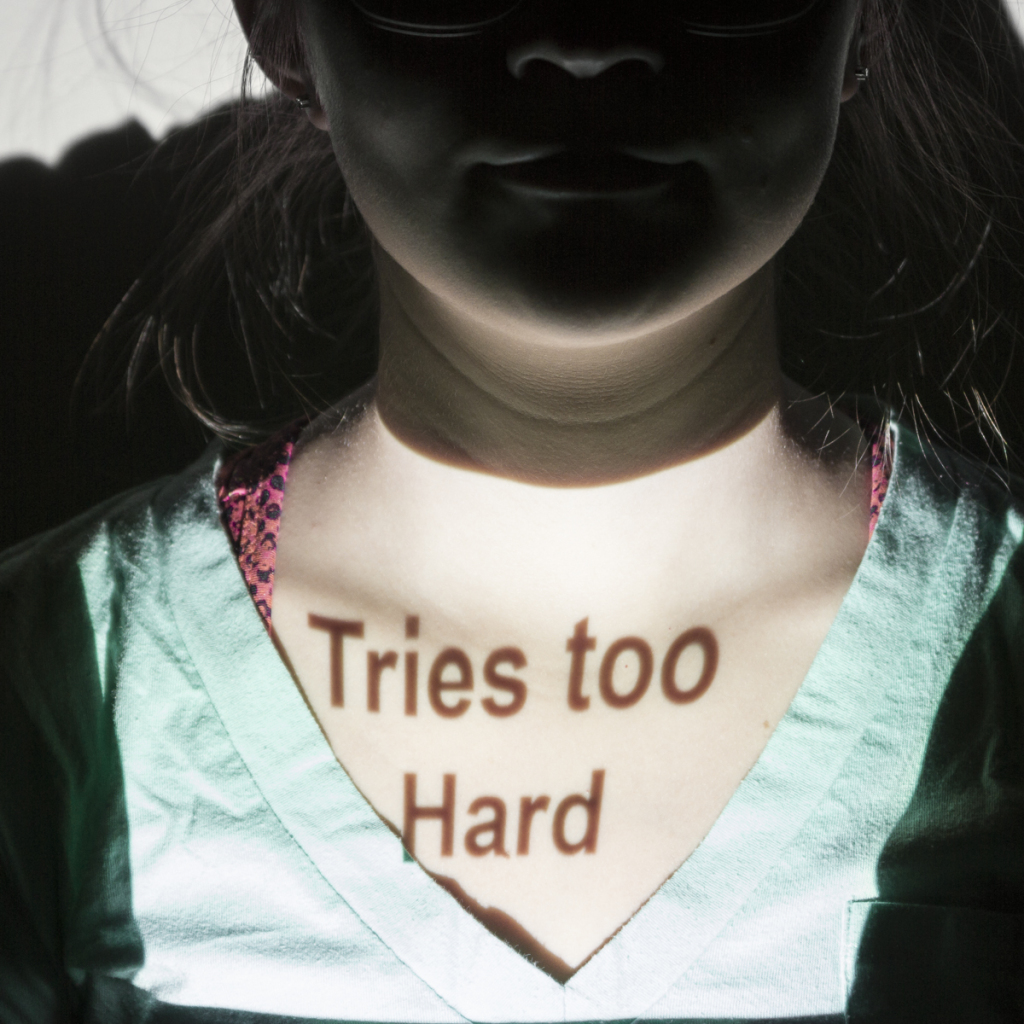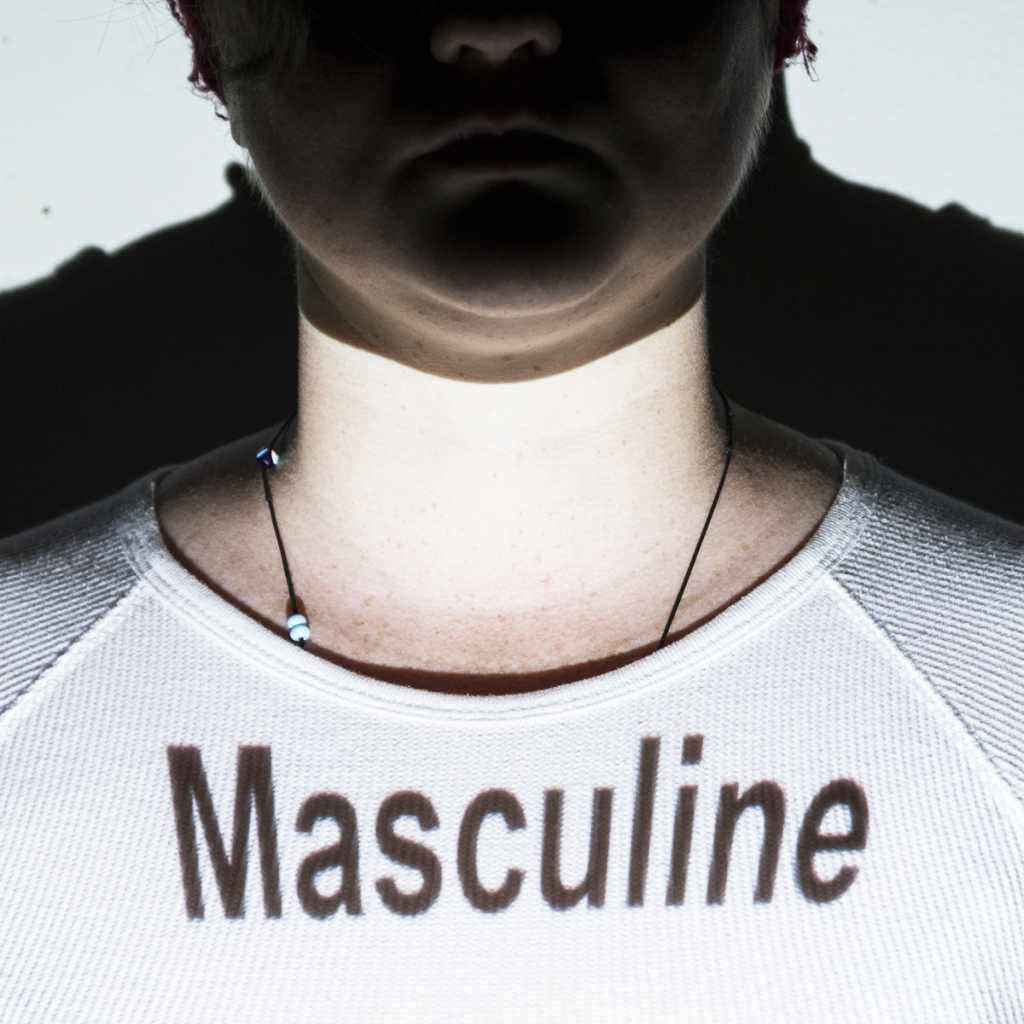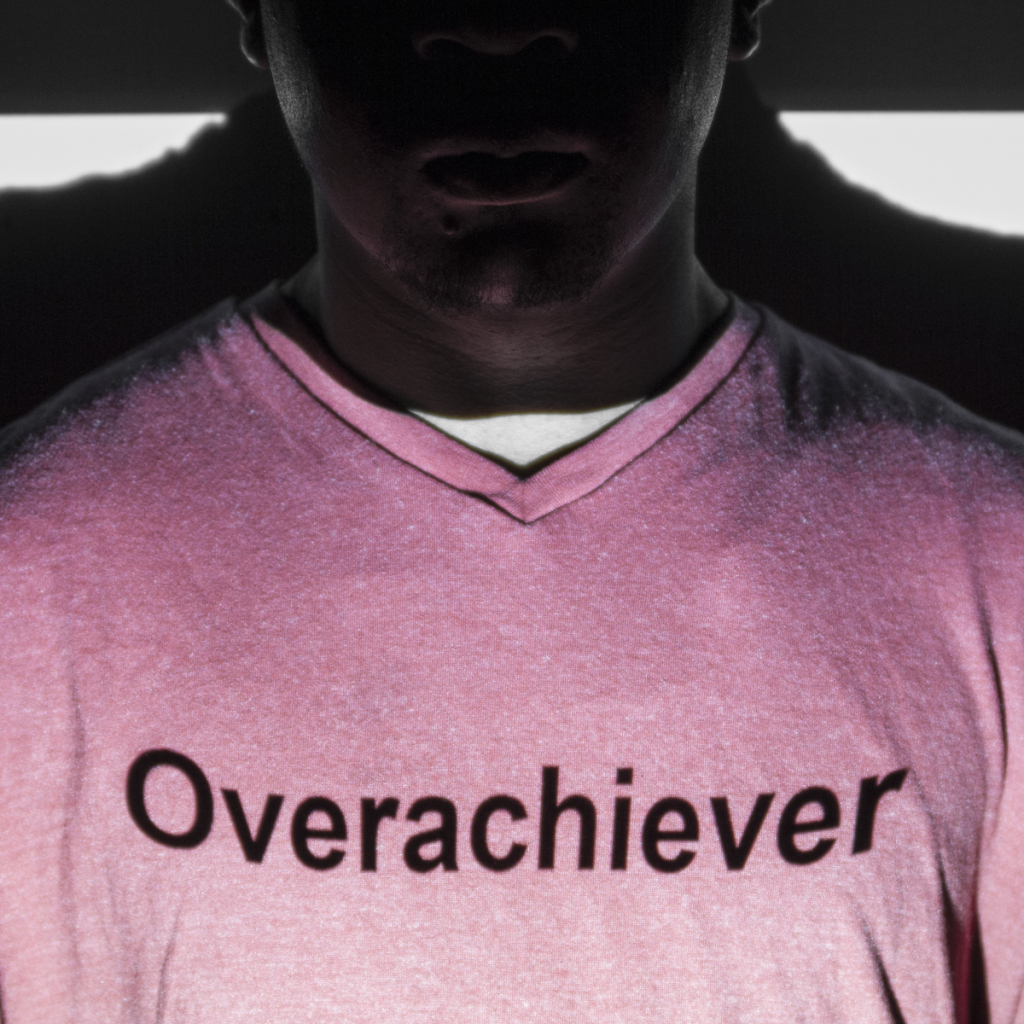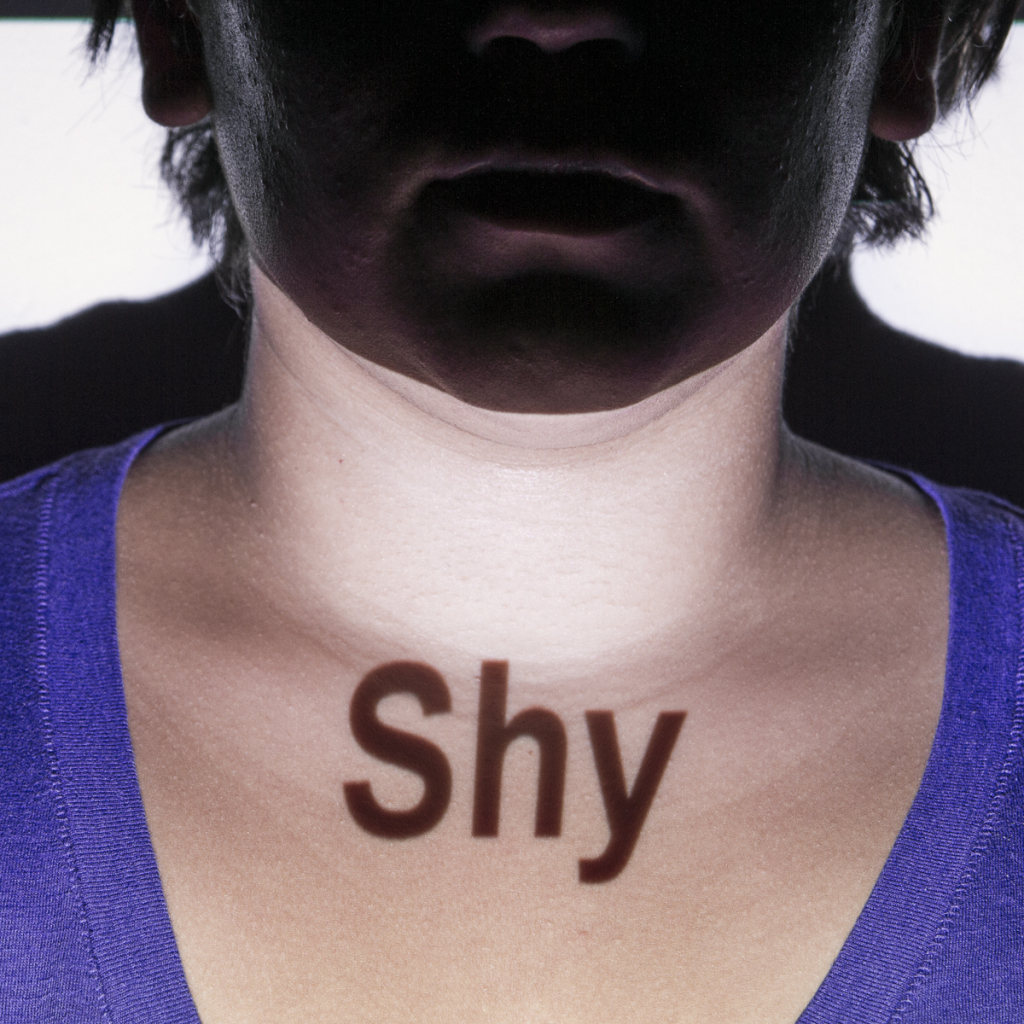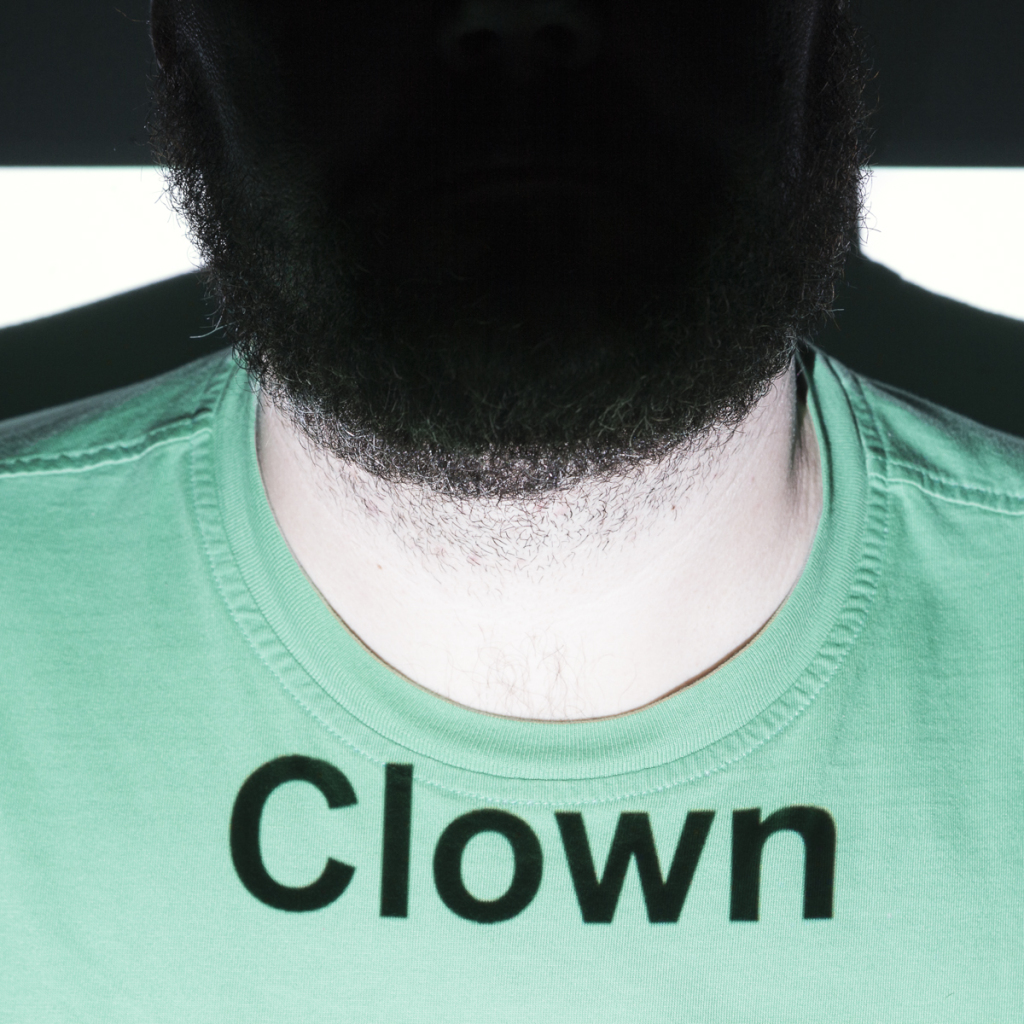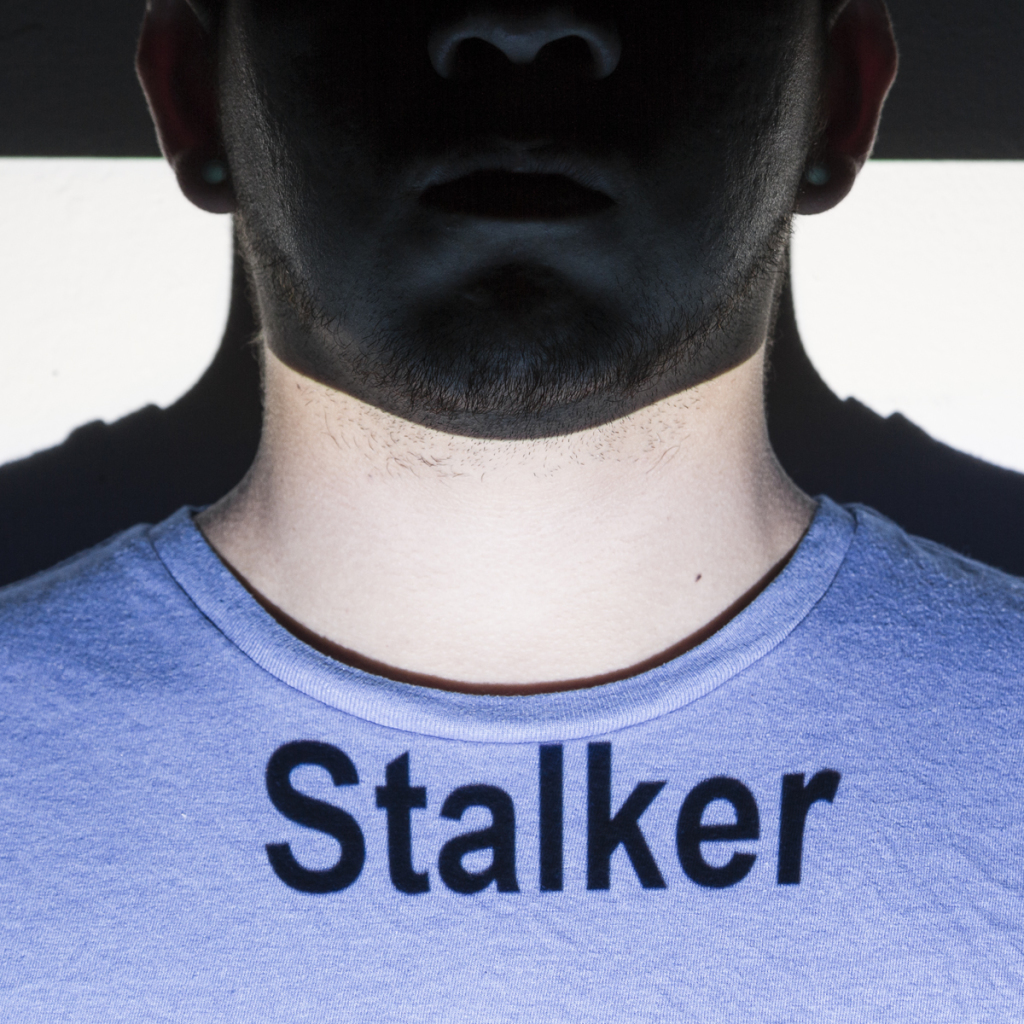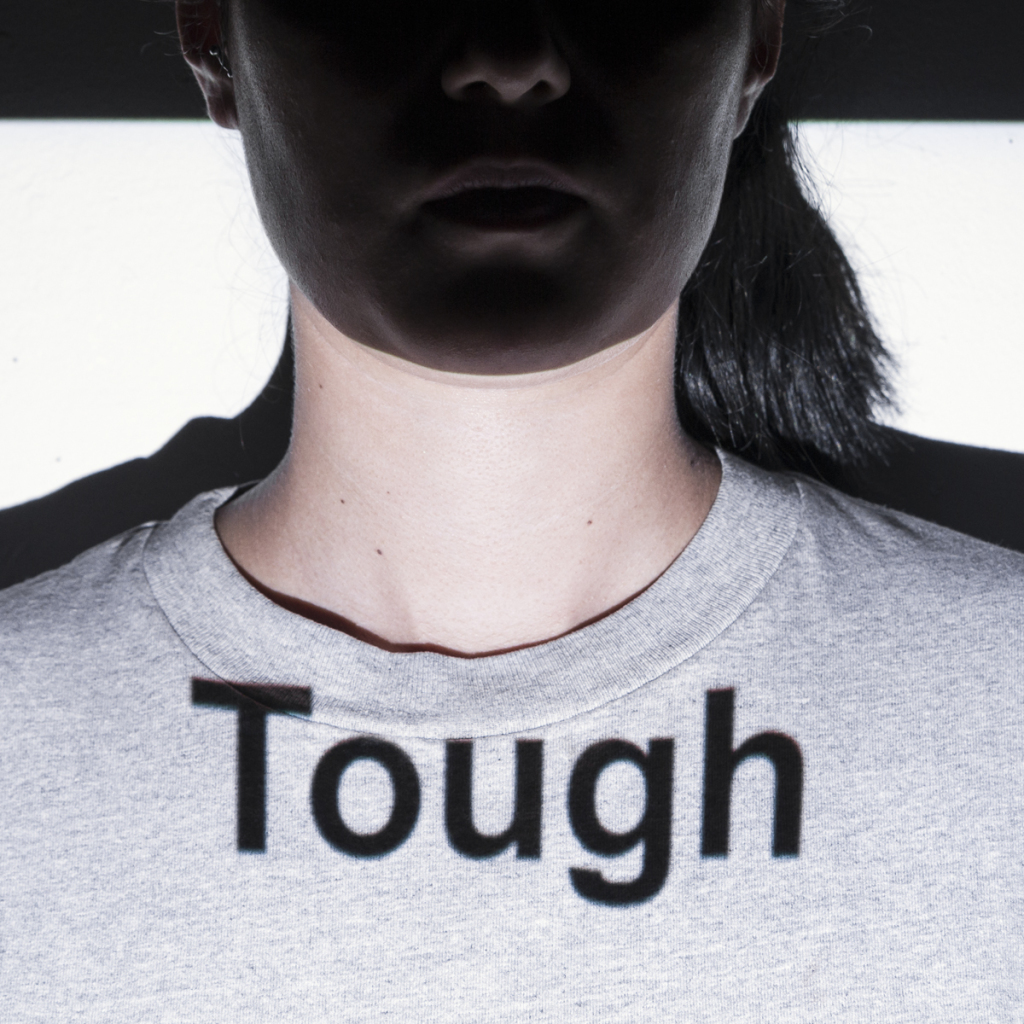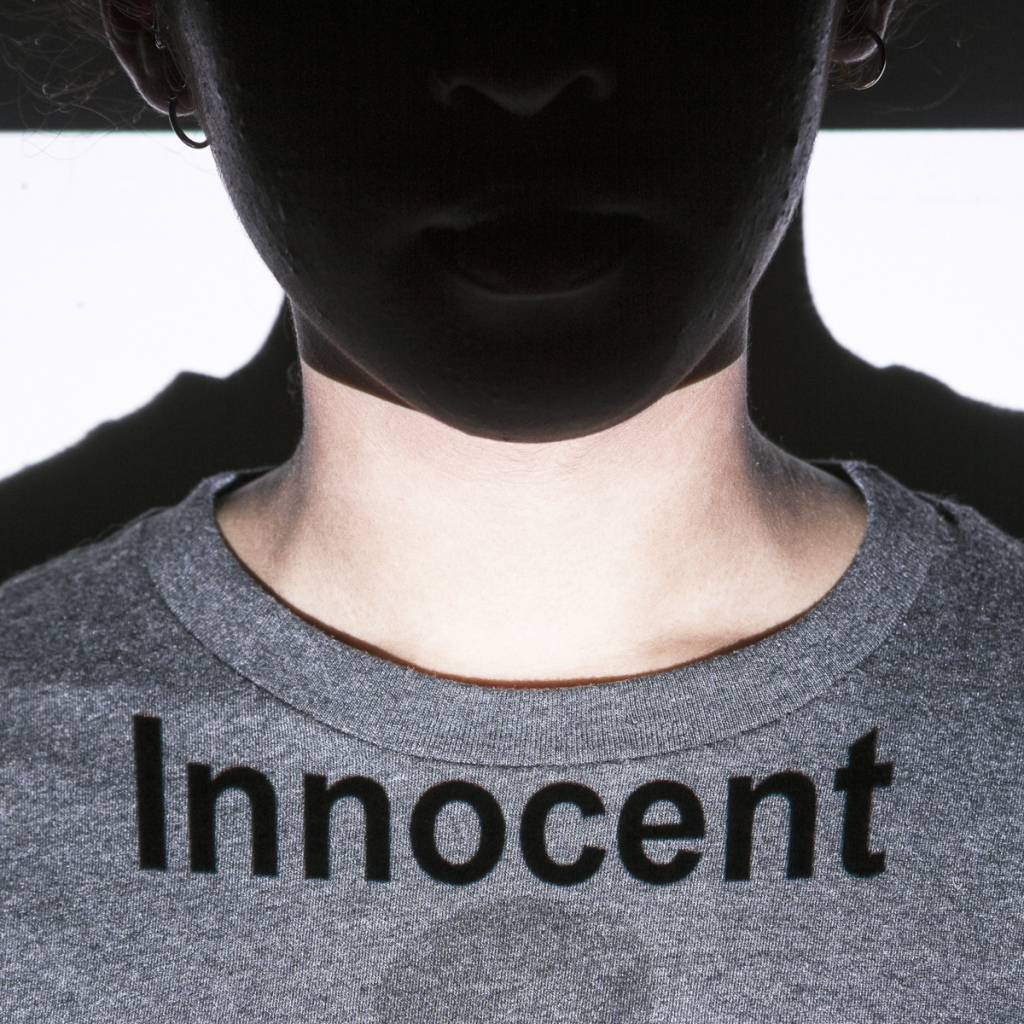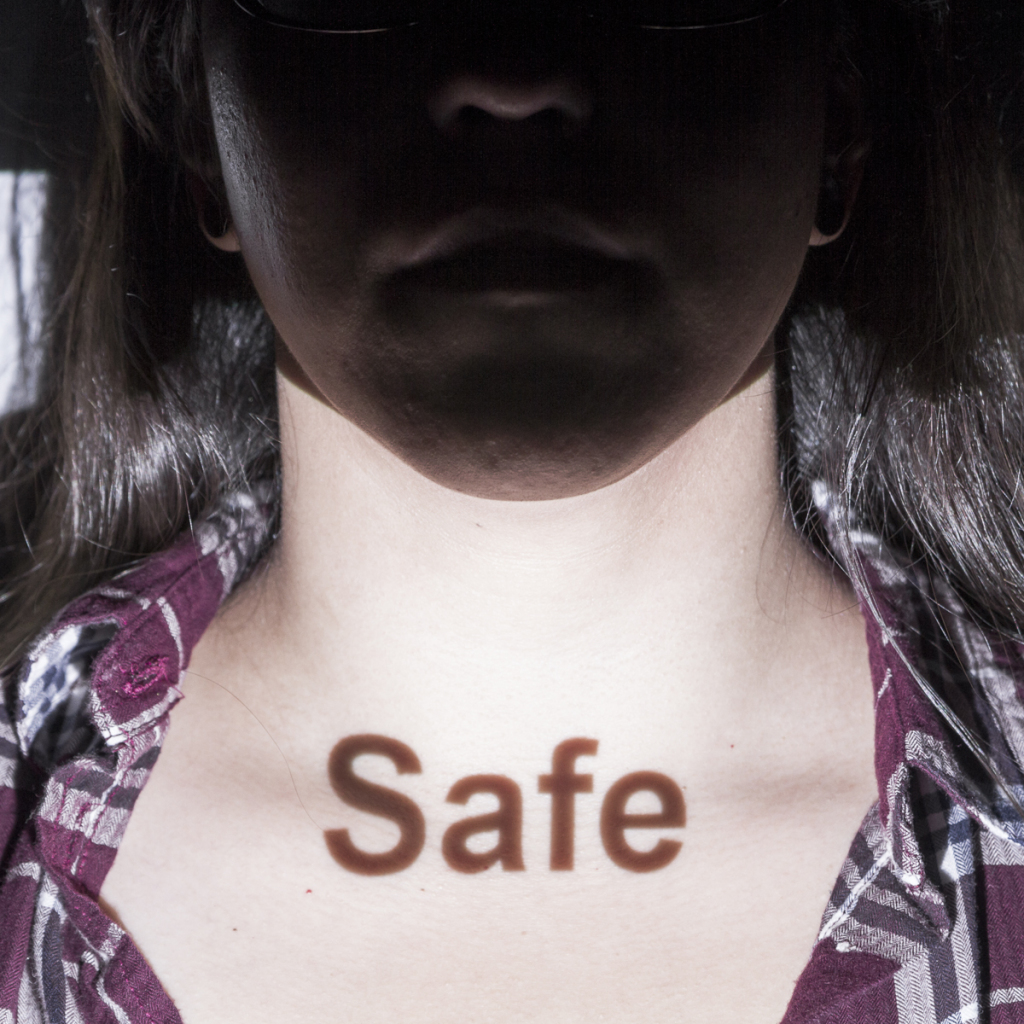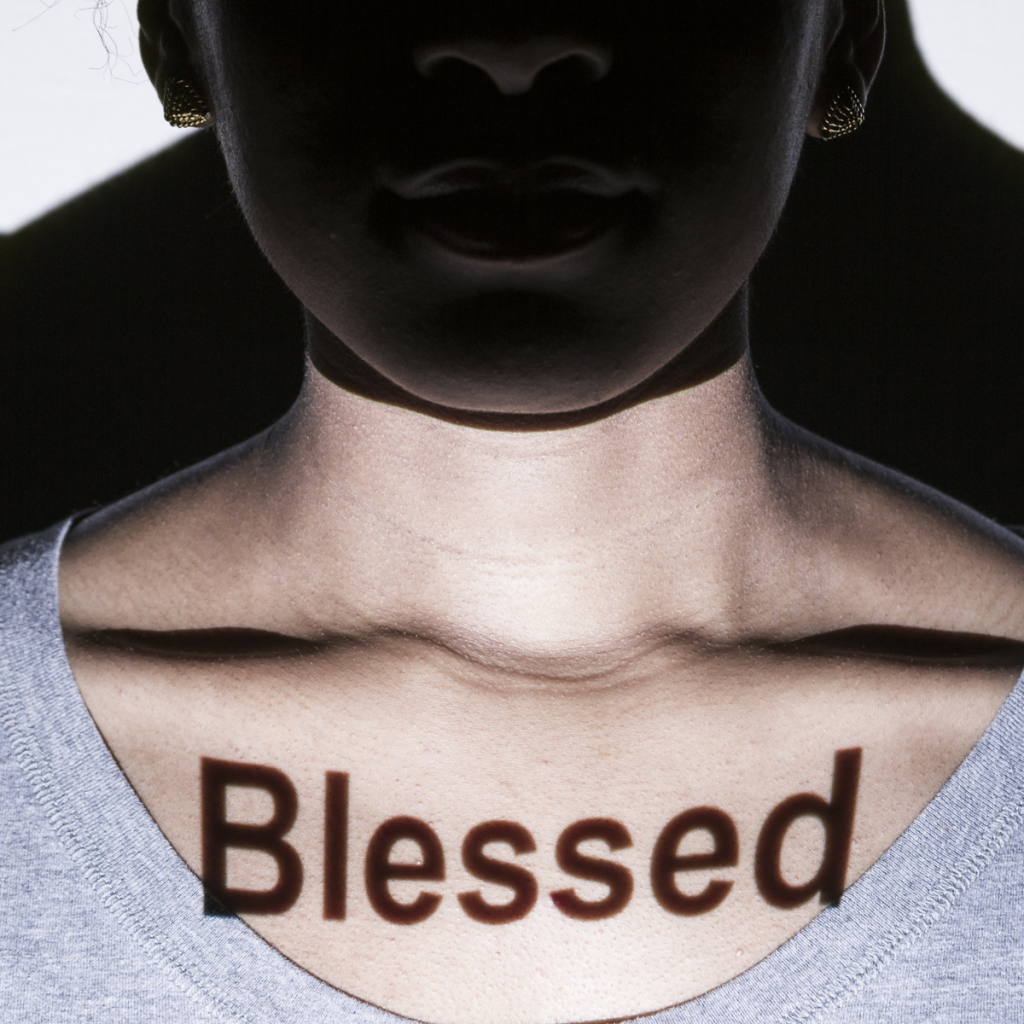As legend would have it, the date for World Photo Day came about because it was on 19 Aug 1839 that the French government purchased the patent to the Daguerrotype process and announced that it was being given away to everyone for free. It seems a good a reason as any to choose a date for celebration. If it had not been for the generosity of the French, photography as a process may have taken a very different path to development. This year marked the World Photo Day’s 7th year of celebration, which isn’t too shabby considering the growing pains it had to endure its few couple of years.
I had pretty much decided that I was going to take the day off from making images and, instead, reflect on my own personal views in this world. I’m going to be honest, between work, watching preseason NFL Football, and enjoying an incredible Italian dinner, I didn’t get much thinking done. In fact, I had even planned this blog entry to coincide with the ending of World Photo Day in the Midwest, but ended up falling asleep early. Bad, Rick.
I did, however, think about my own evolution in photography. Some of my earliest images are lost forever due to hard drive failures and getting lost in moves from one hard drive to another (1 lesson learned – file organization is important). I did come across this one, however:
I recall my own innocence (for lack of a better term) in taking this photo. I was still learning everything I could about photography, but it was very slow going at the time. Magazines such as Popular Photography seem to assume one has a baseline of knowledge. I didn’t even have that baseline when I took this picture. It wasn’t until a little over 2 months later that things would finally start to gel for me.
An early concert photo taken in 2007 (before the image of Williams Tower). This was among the first taken with my DSLR.
That was my first film image taken after I enrolled in a photography course at Cy-Fair College. I was amazed at how one class worth of lecture crystallized everything for me in terms of the camera settings. I had achieved a baseline of knowledge (and quickly learned how very little use a certain magazine had for me in terms of teaching). I knew I could only get better from there. I had to, since this negative was pretty messed up by my repeated attempts to load it on the film roll for processing. It also awakened the artist that was always inside me and had been suppressed since graduating from high school.
I’d like to say that I did get better. In these early days I still had my innocence (again, for lack of a better term) about photography. I learned technical aspects (such as metering for extreme lighting conditions), effective composition, and color balancing. I would go on to learn about conceptual things such as the language of photography (which eludes me a little, but with each day it gets a little slower in avoiding my grasp), the essence of photography as an index and how it relates to art, and the limits and possibilities of the medium. The conceptual stuff destroyed my innocence, but gave me new focus (pun not intended) in terms of how I was going to proceed.
This is an interesting time for photography. Like the proliferation of hand held cameras in the 1960’s and 70’s, cell phone cameras have brought an old challenge back to photography, albeit in a way that is much more intense. A couple of years ago an artist was inspired by an exhibition at the Museum Of Fine Arts Houston that explored photomanipulation prior to the advent of Photoshop. He created a little project of abstract photos taken with his iPhone. He said that he was “faking it” by attempting to create art with a cell phone camera. Not much was discussed about that project (he was submitting 2 for critique), but it does illustrate the challenge posed and the resistance to it. The explosion of social media has also brought new importance of the snapshot just by virtue of the proliferation of snapshots in the wild.
The 2 issues above pique my interest each in their own way. The proliferation of cell phone cameras (along with their growing capabilities) has led some agencies to actually eliminate photo staff and rely on the field reporter to get images for a print or web story. Can an untrained (relatively speaking) photographer capture an image that will have the same effectiveness as one captured by an experienced professional? That is the biggest question. The growth of social media, fueled by the growth of cell phones, challenges our personal relationship to photography. The snapshot is generally a personal image made to document our relationship to the world. When those images are out in the wild, is it still “just” a snapshot? How has our relationship to the world changed when a personal photo is published for all to see? How is medium challenged in general? Is “art” photography elevated or cheapened? These are just a few of the questions we find ourselves asking.
Thus ends my contribution to World Photo Day. I will leave you now with a recent image I created, just to show my own progress in photography. I will also leave a snapshot I created at the same event. Maybe it will help my faithful and not-so-faithful readers to ponder their own questions regarding the medium within the context of my discussion. If not, well, that’s perfectly fine with me. Not everyone thinks about it the way I do, but I do hope you at least enjoy the images.
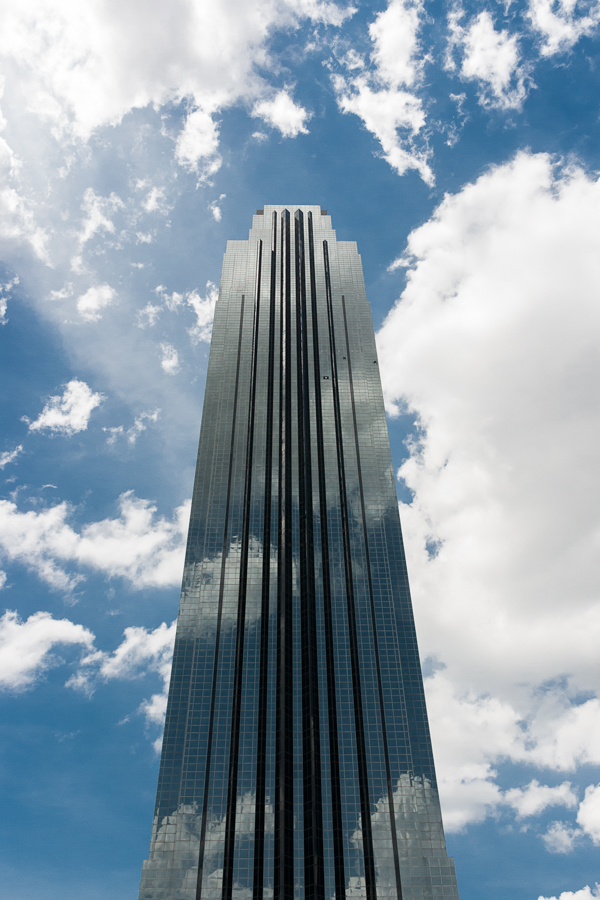


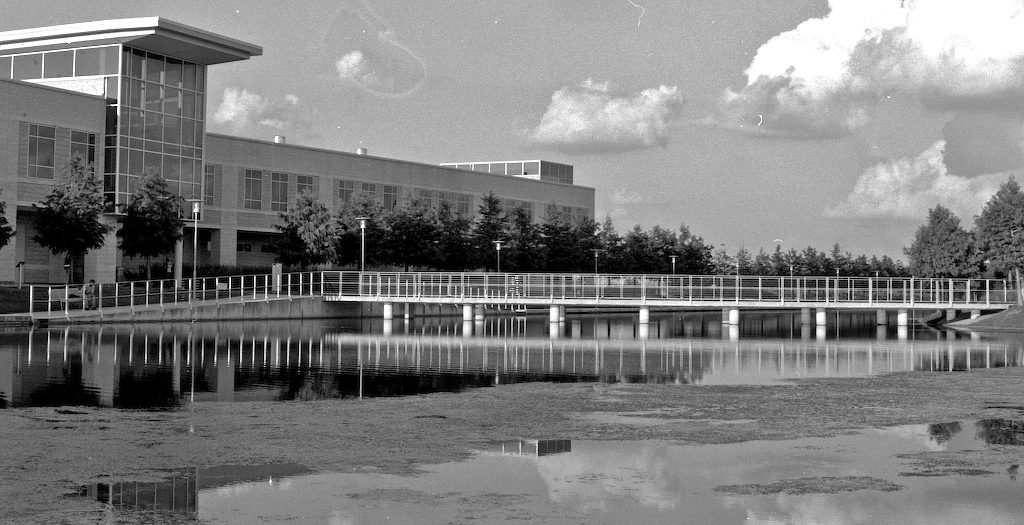


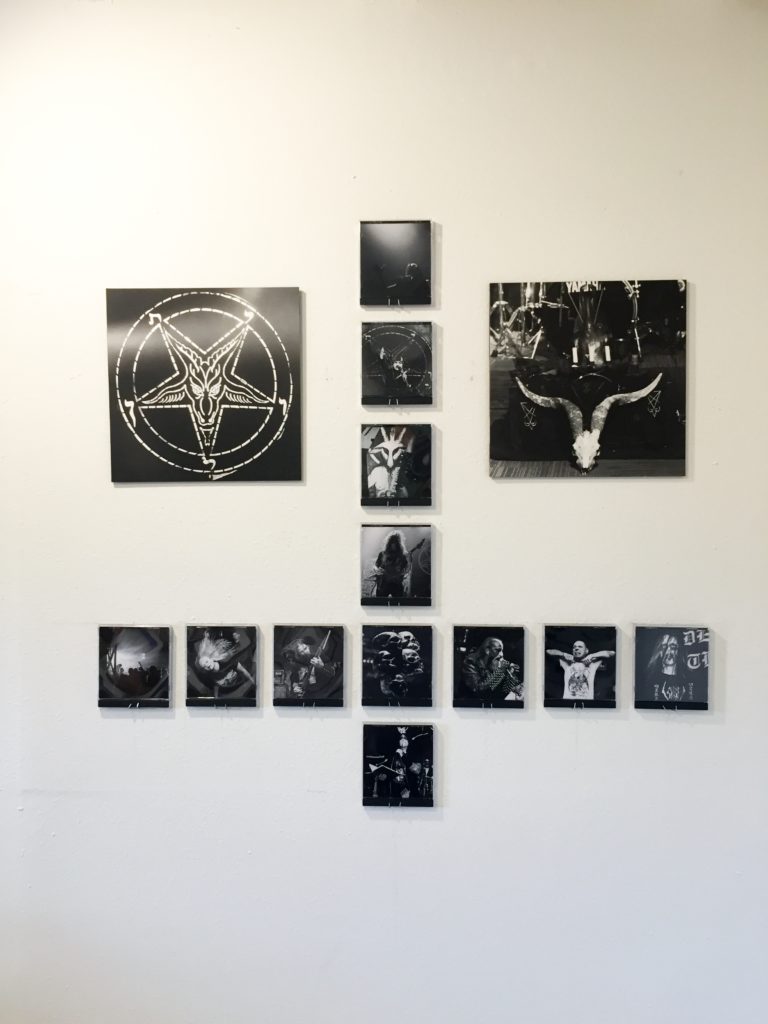




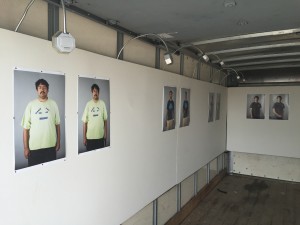

![IMG_6240[1]](http://www.artistrichardcuster.com/blog/wp-content/uploads/2015/12/IMG_62401-e1450688214988-1024x1024.jpg)
